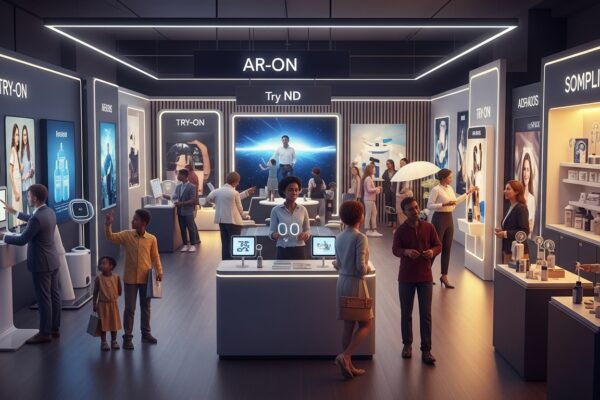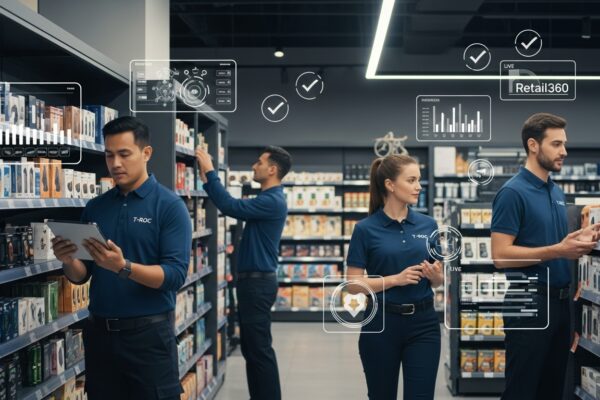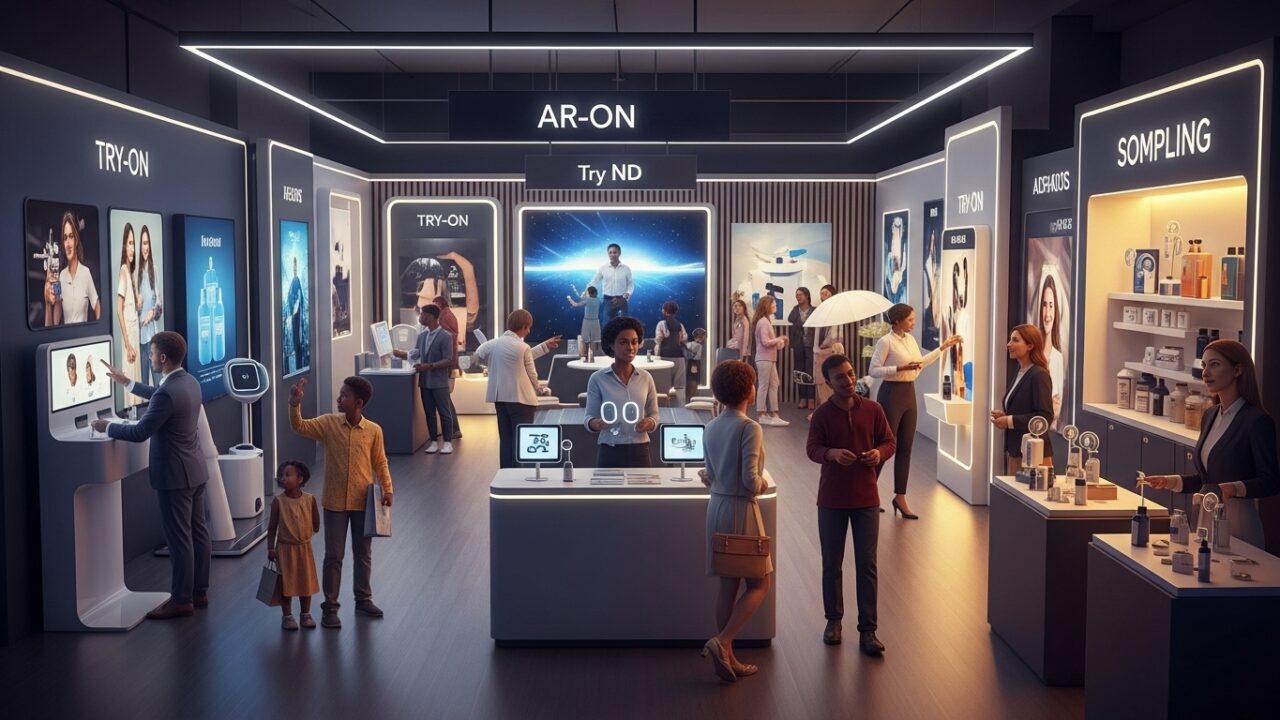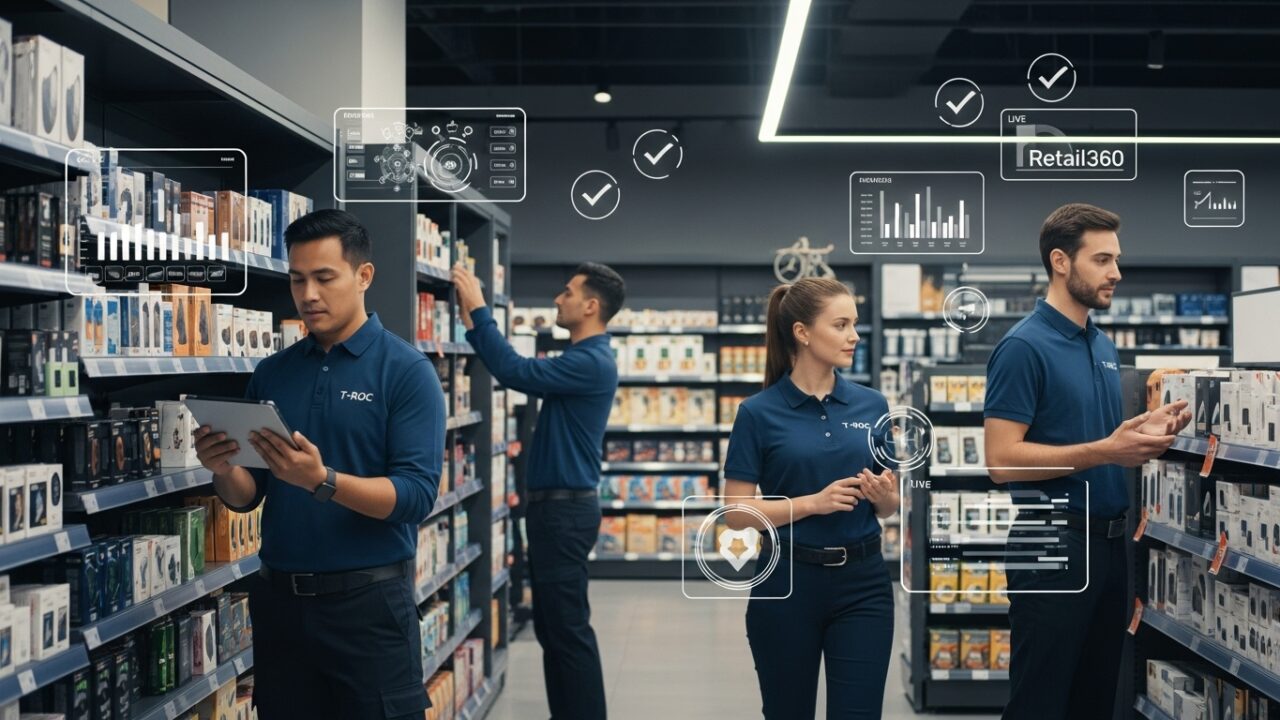Retail Merchandising Strategy: A How-To Guide to Drive Real In-Store Sales
If your merchandising strategy stops at “make it look nice,” you’re likely missing revenue on the table. Today’s retail environment is faster, more competitive, and more customer-centric than ever. A great retail merchandising strategy doesn’t just influence purchases—it drives them. And more importantly, it aligns every inch of your store with how modern customers shop.
We’ve seen retailers treat merchandising as an afterthought. What they need is a roadmap—something actionable, scalable, and driven by both customer psychology and operational insight. That’s what we’re breaking down here: the blueprint for building a merchandising strategy that doesn’t just fill shelves—it fuels sales.
Merchandising Is More Than Product Placement—It’s Revenue Strategy
Retail merchandising is often mistaken for just
presentation. But in reality, it’s a
sales acceleration tool that shapes how customers move, decide, and buy. Every display is a silent salesperson. Every shelf layout is a behavioral nudge. And every poor merchandising choice? A missed conversion.
According to
Forbes, post-pandemic shoppers are more intentional with their purchases—which makes strategic merchandising more important than ever.
If your
visual merchandising strategy isn’t guiding customers toward a purchase decision, it’s time to rethink your game plan. And it starts with understanding the customer journey.
The Shopper Isn’t Linear—So Your Layout Shouldn’t Be Either
Shoppers pause, zigzag, skip aisles, and sometimes head straight for the exit. The idea that customers move methodically from entrance to checkout is outdated. Your
merchandising plan must be designed to catch attention in all the right moments.
Think touchpoints: interactive displays, demo zones, and optimized power walls. Every area should answer a shopper’s question before they even ask it.
Read more on retail merchandising trends to understand what’s working today.
Key Elements of a Retail Merchandising Strategy That Converts
Let’s break it down. A high-performing
store merchandising plan includes:
- Product zone optimization – Group products in a way that mirrors how shoppers actually use them.
- Planogram strategy – Use tested layouts to prioritize visibility for high-margin items.
- Point-of-sale displays – These aren’t an afterthought; they’re prime selling zones.
- Fixture flexibility – Merchandising should evolve with seasons, promotions, and traffic flow.
Need inspiration? These
visual merchandising examples show what’s working right now.
Adaptability = Profitability
What sells in February might flop in August. If your retail displays are static, you’re likely losing traction. Today’s most successful retailers are investing in
dynamic merchandising solutions: movable fixtures, digital signage, and display systems that are easy to refresh.
Why? Because it lets them test, pivot, and optimize based on what customers actually engage with.
This Forbes article explains why the physical retail space has evolved to demand agility, data, and storytelling—not just static signage.
Tech-Enabled Merchandising: Where In-Store Meets Insight
Gone are the days when merchandising was purely manual. Now, it’s powered by data. Retailers that track display engagement, shopper dwell time, and A/B test layout changes are pulling ahead.
Tech like digital shelf analytics, mobile heat mapping, and real-time inventory sync help brands make smarter merchandising choices.
Learn more about our Merchandising Services here.
Real Mistakes We See (And How to Fix Them)
Even major brands miss the mark when they:
- Leave the same display up for 6 months
- Ignore local shopper preferences
- Prioritize looks over function
- Don’t train store teams on merchandising intent
All of these can lead to
merchandising gaps that directly impact conversion. Start by conducting a merchandising audit—something we walk through in this post on
Merchandising Analysis.
5 Pro Moves to Level Up Your Merchandising Strategy
- Design for behavior, not just brand aesthetics
- Refresh displays every 4–6 weeks for maximum engagement
- Align in-store displays with digital promotions
- Train staff to understand display purpose—not just maintenance
- Measure everything (sales per display, time spent, product movement)
Where Merchandising Meets Growth
Retailers who treat merchandising as a strategic investment—rather than window dressing—see measurable returns. It’s not about spending more. It’s about spending smarter.
Our blog on merchandising planning walks through how we design strategies that align with your goals.
From planogram execution to seasonal resets, our team ensures every detail of your environment drives ROI—down to the fixture.
A Strategy That Drives Revenue
Building a successful
retail merchandising strategy is more than stocking shelves or putting up signage. It’s a science. One that combines psychology, data, storytelling, and operational excellence.
Want to create a smarter, more profitable in-store experience?
Let’s talk about how T-ROC helps brands execute merchandising strategies that deliver.
📚 Continue Reading:
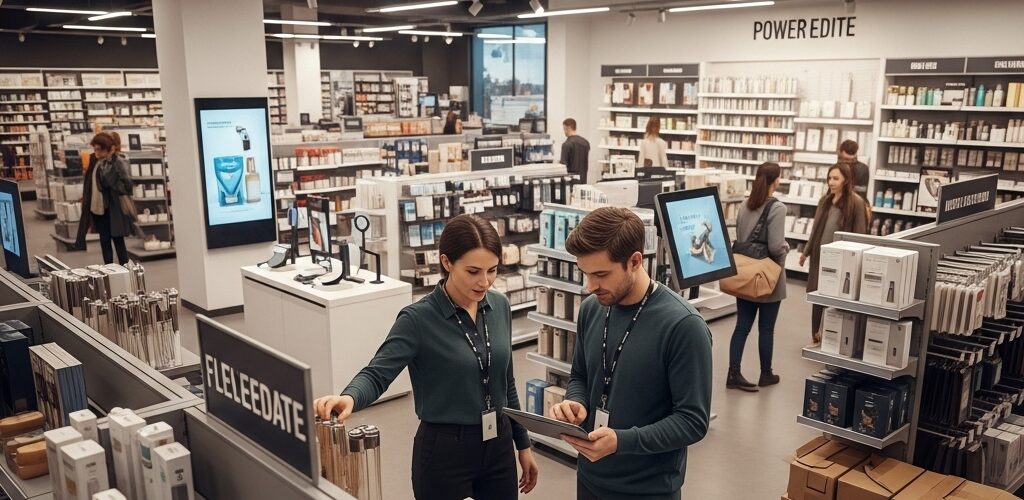
T-ROC Staff
Aug 20, 2025
4 mins read



